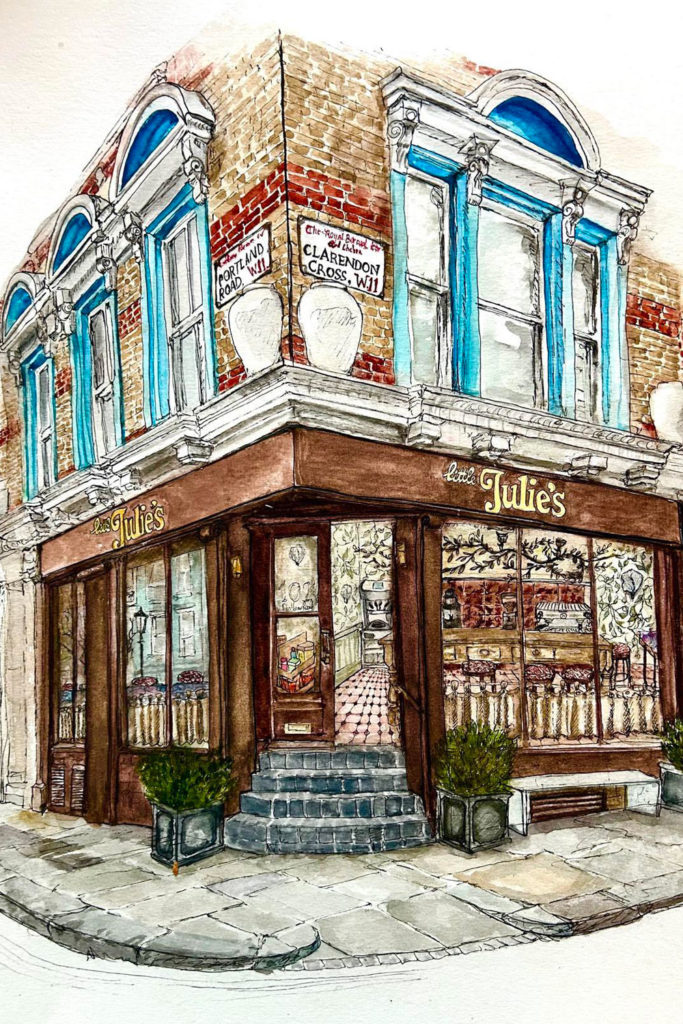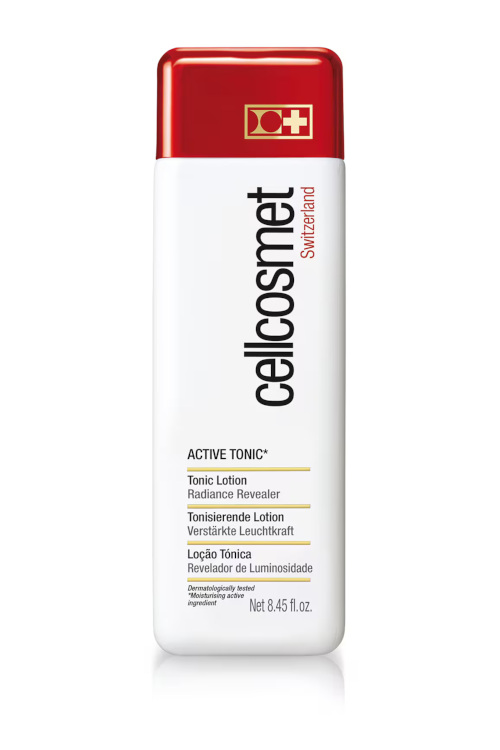
What’s In Season In The UK This December?
By
1 year ago
Your winter cooking guide
The festive season is one of the most exciting times of the year when it comes to food. But which fruits and veggies should we be prioritising in our cooking? Bettina Campolucci Bordi shares her December seasonal food guide.
December Seasonal Food Guide
The Christmas lights are on and the air is getting cold – but I live for those crisp, icy, sunny days. December is a month of traditions, celebrations, baked goods, edible gifts and big dinner parties to mark the end of the year, and the beginning of a new one. Coming from a multicultural household, we celebrate three festivities in total: the Greek Orthodox (a Bulgarian tradition which comes at the end of Lent), traditionally celebrated on 24 December (we celebrate it on 23 December), Scandinavian Christmas on 24 December, and English/Danish on 25 December. Needless to say, there is an abundance of food and treats!
The British produce calendar may have slimmed, but it is no less exciting. Root vegetables like parsnips, swedes and carrots take centre stage, their sweetness intensified by the frost perfect for hearty stews, comforting roasts or velvety mashes. Brussels sprouts are at their peak, a true festive staple, whether roasted with chestnuts or tossed with crispy pancetta.
My personal favourite way of cooking them is smashed and crispy with garlic mayonnaise for dipping – not the traditional way, but very delicious. Winter greens like kale, cabbage and chard bring a welcome freshness and colour to winter tables, while squashes and pumpkins linger, their gorgeous hues and rich textures brightening the shortest days of the year.
December is also the month of festive fruit. Pears and apples continue to shine, their natural sweetness making them ideal for mulled desserts or paired with spices for crumbles, tarts and compotes. Dried fruits like figs, dates, and prunes become essential, bringing richness and to some extent tradition to everything from cakes to stuffings.
For foragers, it’s the time for mistletoe and holly not for eating, but for decking the halls with a touch of natural beauty. Chestnuts remain a favourite this month, roasted and enjoyed on frosty evenings or added to stuffing and side dishes for that unmistakable festive touch. And citrus fruit, like clementines, oranges and lemons, feels like nature’s gift to the darker days, bringing a burst of brightness and vitamin C to winter recipes.

Getty Images
December also calls for indulgent baking and desserts: think gingerbread cookies, spiced mince pies, and rich Christmas puddings. My personal favourite is Swedish saffron buns and fudge. And for a festive twist, I love using seasonal fruits and nuts in sweet dishes like an apple and chestnut tart or a spiced pear galette.
The season’s flavours blend so seamlessly into warm, celebratory dishes that bring people together. To me, December is all about slowing down, savouring the magic of the season, spending time with family, friends and enjoying the bounty of winter produce. It’s also about not doing much, because nobody else is, and soaking up every moment of just being. Let me share a simple yet elegant festive recipe that will shine on your holiday table, making you look like a foodie star while keeping the effort minimal.

Unsplash
Seasonal Highlights for December
- Apples and pears – perfectly sweet and abundant, ideal for winter desserts
- Citrus – clementines, oranges, and lemons bring brightness to December dishes
- Dried fruits – dates, figs, and prunes, staples for festive recipes
- Brussels sprouts – peak season for this festive favourite
- Carrots and parsnips – sweetened by frost, perfect for roasting
- Winter greens – kale, cabbage, and chard add freshness to hearty meals
- Swedes, turnips, and beets – earthy and versatile for soups, mashes, and roasts
- Chestnuts – ideal for roasting, stuffings and festive desserts
- Fresh herbs – sage, rosemary and thyme are the trip of festive herbs
Recipe: Lentil Pâté With Caramelised Pears
This is a great pâté that can be made in individual pots or as a terrine; the thyme and pear offer an extra layer of flavour. This is one of those dishes that gets better with time.
Ingredients:
- 280g pre-cooked brown lentils (I suggest cooking your own for this recipe following packet instructions; 140g dry weight)
- 1 yellow onion, sliced
- 4 garlic cloves, sliced
- 2 tbsp olive oil, plus extra for frying and topping
- 300g chestnut mushrooms
- 1 tbsp maple syrup
- 1 tbsp tamari or soy sauce
- 1 tbsp sherry
- 20g thyme leaves
- Salt and pepper, to taste
For the topping:
- 1 small pear, sliced lengthways
- A few sage leaves
- A few sprigs of thyme
Method:
- Start by cooking the lentils, ensuring they are nice and soft. Once cooked, drain thoroughly and set aside to cool.
- Fry the onion and garlic in some olive oil in a saucepan for a few minutes until soft.
- Roughly chop or tear the mushrooms, including the stems, then add to the pan and cook for a further 5 – 10 minutes.
- Add the lentils and give everything a good stir.
- Add the maple syrup, tamari/soy sauce, sherry, thyme, and salt and pepper. Stir well for a couple of minutes.
- Transfer the mixture to a food processor or blender with the olive oil and blitz until smooth.
- Pour into your desired pâté pot – for example, one large serving dish or a couple of ramekins.
- To make the topping, heat some olive oil in a frying pan (skillet), fry the pears until nice and golden, then add the sage leaves and thyme sprigs and allow to warm through.
- Add the fried pears and herbs to the top of the pâté, then pour over the remainder of the olive oil from the pan to cover and encapsulate the topping. If there is not enough oil to cover the topping by 5 mm (1⁄4 in), a little more olive oil.
- Refrigerate the pâté for a couple of hours or overnight and wait for the top to solidify before serving






















